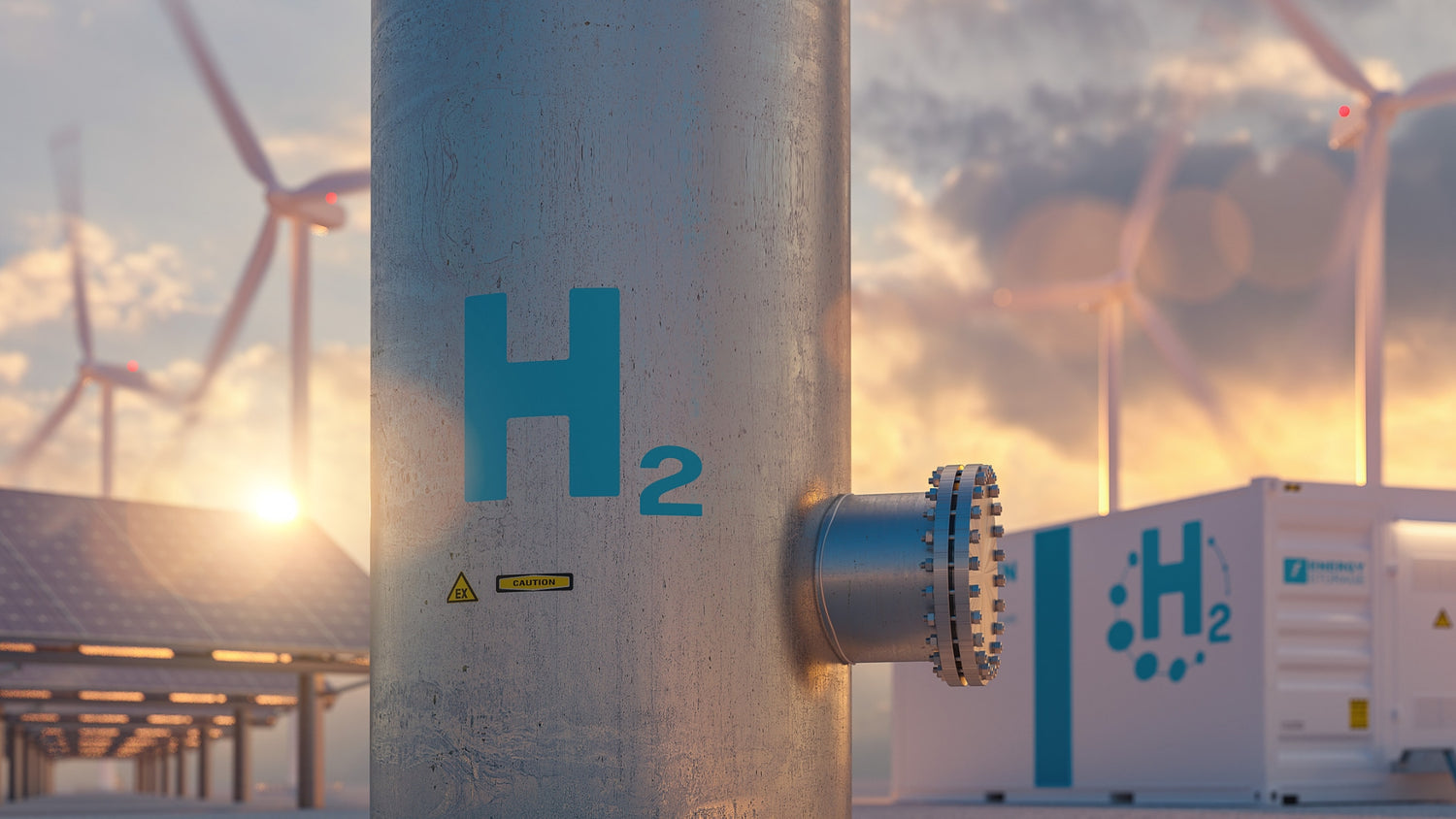
Green Hydrogen In Mexico
The global green hydrogen market value stood at around $3.8 billion in 2022 and is expected to expand at an annual growth rate of 35% over the next five years. Thanks to its well-established fossil fuels industry and burgeoning renewable energy operations, Mexico has the potential to use its energy expertise and infrastructure to vastly develop its hydrogen market over the coming decades.
State-owned Pemex already produces hydrogen as a by-product of its fossil fuel output, using it mainly for refining and ammonia production processes. Air Liquide, Linde, and Cryo-Infra/Air Products also have hydrogen operations in Mexico. As the country develops its green energy market, it could rapidly expand its hydrogen production to meet the needs of a growing global market.
Mexico’s Hydrogen Market
While Mexico has a burgeoning hydrogen industry, it has yet to establish a market for greater hydrogen use or hydrogen products. Currently, 98.6% of Mexico’s hydrogen production is captive–produced for internal use, and just 1.4% is merchant–produced to be sold to a consumer.
Mexico currently only produces grey hydrogen, derived from fossil fuels. We believe there is a significant potential to grow the Mexican green hydrogen market through the development of the country’s hydrogen production capacity, regional supply chains, and the promotion of the consumer uptake of hydrogen products in a transition away from fossil fuels.
While hydrogen is viewed by the Mexican legal framework as a clean energy source, eligible for a Clean Energy Certificate, it is mainly seen as a by-product of other energy production. There is currently no national strategy for the development of a hydrogen industry in Mexico or to adapt the country’s existing energy infrastructure, such as gas pipelines and the electricity grid, to make it suitable for hydrogen.
We believe that the formal inclusion and definition of green hydrogen in Mexico’s legal documentation and the development of a regulatory framework for the industry would support the rapid growth of the Mexican green hydrogen market.
Green Hydrogen Potential in Mexico
As a big steel producer, Mexico could grow its hydrogen market significantly for use in industry. Further, thanks to its strong potential for renewable energy development, Mexico could become a major green hydrogen producer over the coming decade.
We believe the development of a green hydrogen industry would support Mexico’s ambitions of remaining an international energy hub as the world transitions away from fossil fuels to renewable alternatives. Mexico is the base for several companies that are developing green hydrogen technology and production operations in the US and Europe.
In recent years, some private companies have shifted their focus to the Mexican hydrogen market but are in the early stages of project development. HDF, Energía Los Cabos, and Dhamma Energy plan to produce green hydrogen using photovoltaic solar facilities to power electrolyzers that split water molecules into hydrogen and oxygen gases. Dhamma foresees a solar PV capacity of 120 MWac and an output of 12.6 kilotons of green hydrogen annually.
In addition, there is extensive research work produced on hydrogen each year across many Mexican universities and research institutions, demonstrating that the expertise for industry development already exists. There is significant potential for job creation in the hydrogen industry, with an opportunity for both national and foreign companies to promote hydrogen jobs to Mexican researchers and workers in the energy sector as the number of fossil fuel jobs decreases.
Our Outlook Remains Positive
Mexico already has extensive experience in hydrogen production, as part of its fossil fuel operations. However, it has yet to establish an independent hydrogen industry or a consumer market. As Mexico expands its renewable energy capacity, we foresee a significant potential for the growth of Mexico’s green hydrogen industry and consumer market, both at the national and regional levels.


